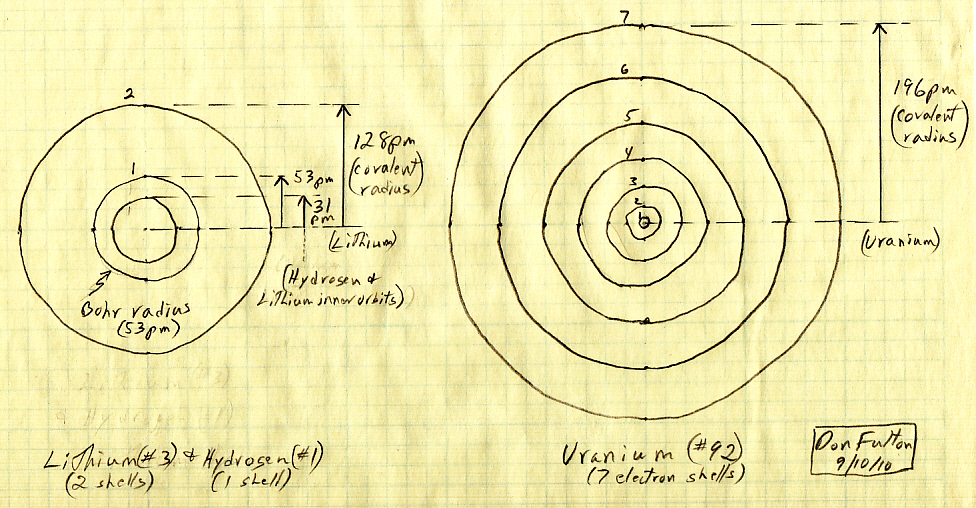
**Quantum Tunneling of Fluorine Atoms: A Major Advancement in Managing Chemical Reactions**
Researchers have revealed a notable advancement in the realm of quantum mechanics and chemical reactions by showcasing, for the first time, that fluorine atoms can partake in quantum tunneling. This finding, commemorating a hundred years of quantum mechanics, offers new insights into controlling chemical reactions and enhances the understanding of the chemistry of fluorinated compounds.
Quantum tunneling denotes the phenomenon where a particle traverses an energy barrier that it appears to lack the energy to surmount, a crucial element of quantum mechanics. Historically, this effect was recorded in smaller particles, including electrons and hydrogen atoms. However, despite its counterintuitive nature, tunneling is vital in practical applications such as nuclear fusion and scanning tunneling microscopy.
Before this discovery, the largest atoms known to participate in tunneling were oxygen and nitrogen. Nonetheless, researchers at the Free University of Berlin, in cooperation with French partners, have provided both experimental and theoretical proof of quantum tunneling in fluorine atoms. This breakthrough resolves a long-standing enigma in their studies, which focused on transition metals in elevated oxidation states.
Sebastian Riedel, a principal author of the research, noted that while performing their laser ablation experiments with metal fluorides, a surprising signal was persistently detected in their infrared spectra. This anomaly indicated the presence of a non-metal—this elusive species emerged from interactions among pure fluorine atoms. After additional investigative measures, including experiments and simulations, they hypothesized the existence of a rare polyfluoride ion, F₅⁻.
The investigation demonstrated that the IR peak splitting was attributed to the central fluorine atom in the F₅⁻ ion experiencing tunneling, thereby spontaneously transitioning the system between two states. By utilizing simulations within a neon matrix, they adeptly aligned theoretical predictions with experimental results, illuminating this distinctive atomic behavior.
Sebastian Kozuch from Ben-Gurion University recognized the achievement, highlighting the pioneering aspect of identifying fluorine, a comparatively heavier atom, as capable of tunneling under laboratory conditions. Despite fluorine’s size, the weak bonds within the polyfluoride structure and the neon matrix setting lower the energy barrier, promoting tunneling.
Beyond the realm of fundamental chemistry, this research carries substantial implications for practical applications. Grasping fluorine’s bonding is vital, particularly since fluorinated compounds, which are widespread in pharmaceuticals and batteries, pose environmental issues due to their stable C–F bonds. The insights derived from this study may pave the way for innovative strategies in bond activation and addressing fluorine-related pollution.
While the chances of heavier systems demonstrating tunneling are slim, the discoveries unveil new avenues for exploration. Riedel suggests potential inquiries into other molecules showcasing similar atomic tunneling, indicating a shift in how tunneling phenomena are understood in chemical reactions.
This research not only contests prevailing concepts surrounding chemical bonds but also motivates the expansion of the frontiers of established science, which Kozuch refers to as “revolutionary.” As the quantum tunneling of heavier atoms becomes more comprehended, the effects on both theoretical chemistry and real-world applications could be significant.